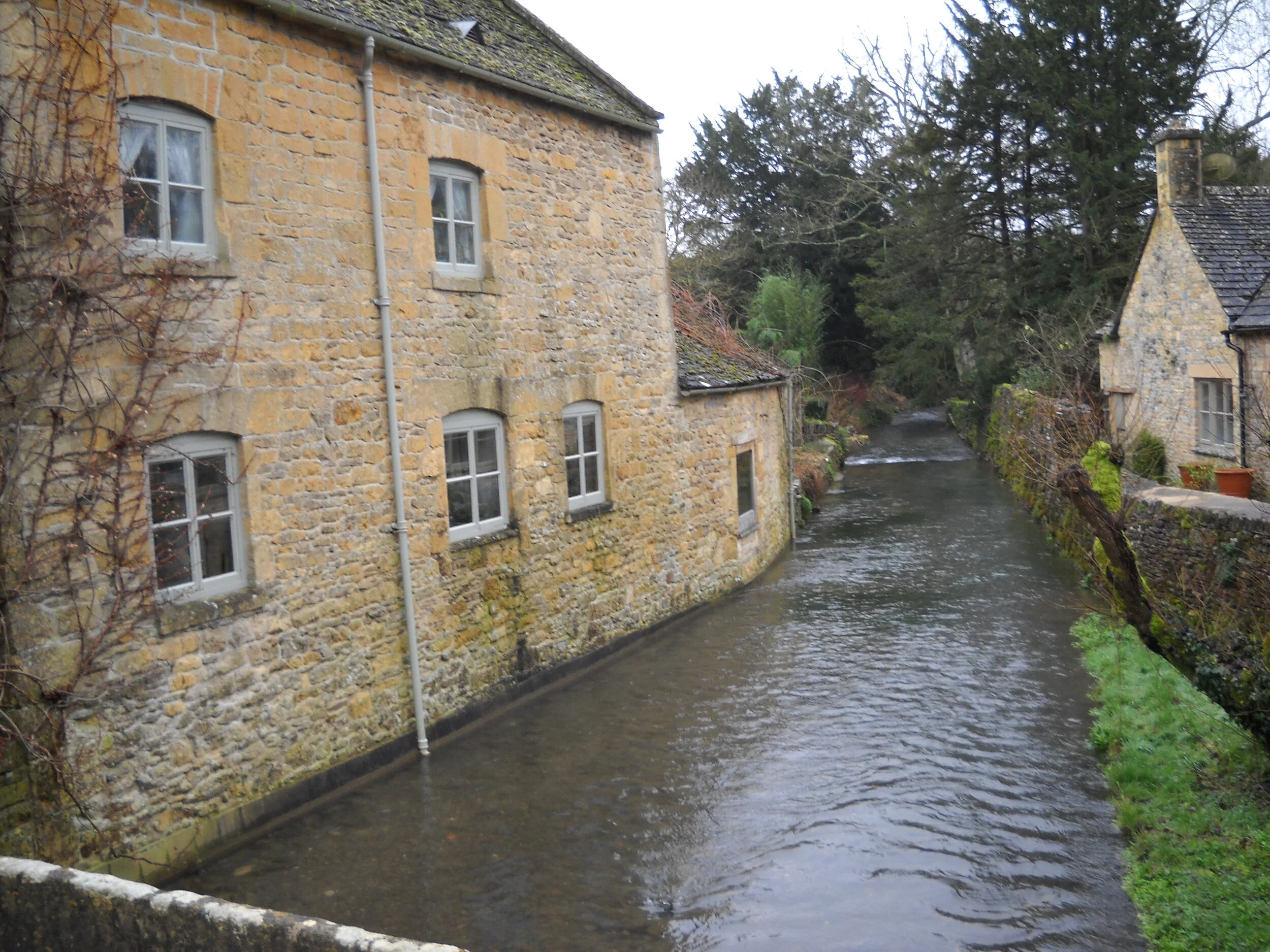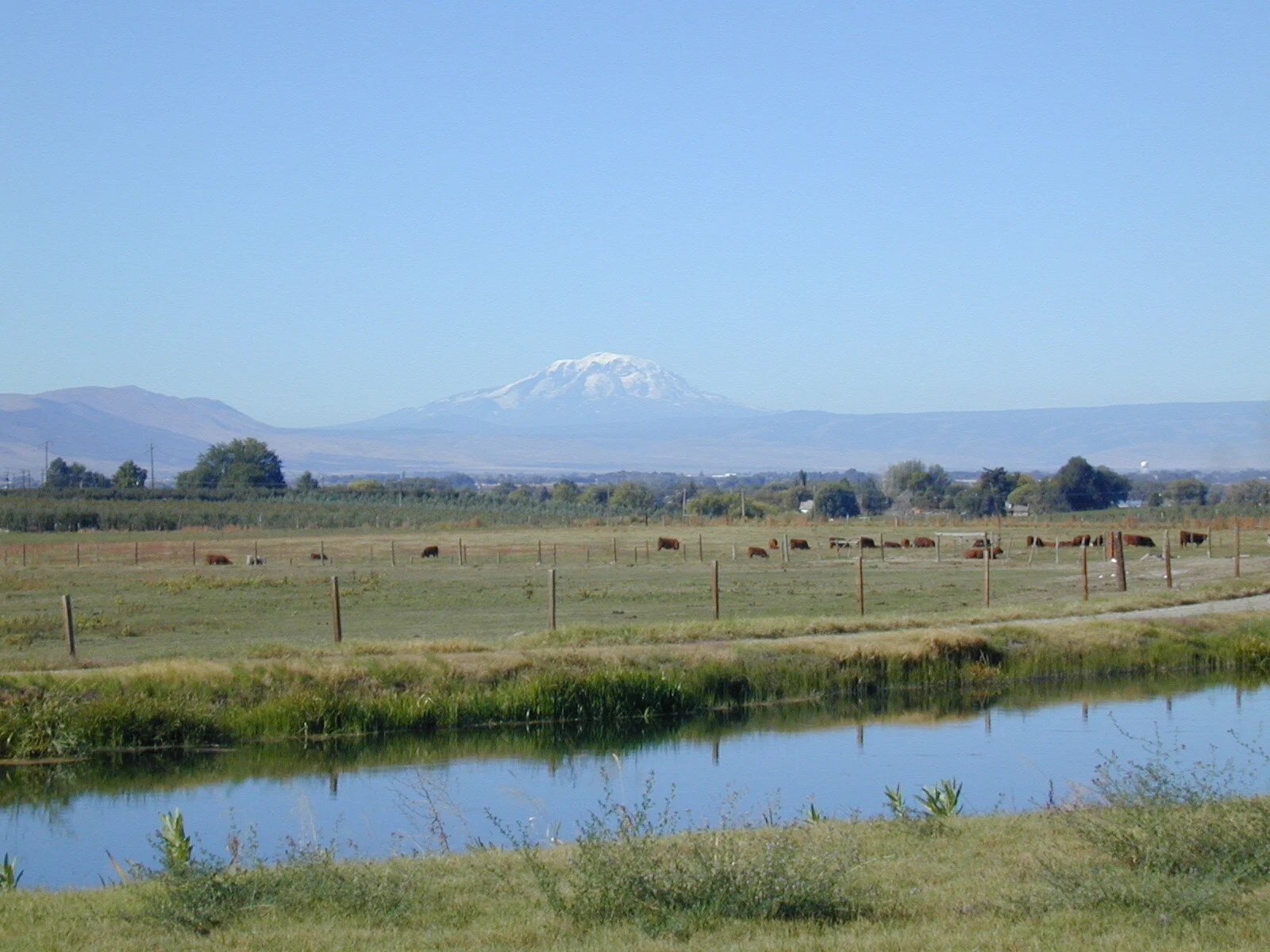What Is Land Use?
Land use:
Is the modification and management of the land for a purpose that is sustainable and balances human and environmental needs.
Broad Land Use Options:
The key broad areas of land include:
* Residential - Single family / Condos / Townhomes / Apartments
* Commercial - Improvements made for business purposes
* Recreational - Property used for enjoyment
* Agriculture - Farming / Ranching
* Transport - Roads / Airports / Subways / Train Stations
* Special Use - National and state parks are examples
Within these broad areas are several sub categories.
Key land use consideration - highest and best use:
This concept was developed by economists to describe getting the most productivity possible out of whatever. In land development, highest and best use is often mistakenly weighted too heavily on getting maximum lot yield. In reality, the developer needs to consider multiple complicated factors, just three of which are the blend of - lot yield, cost and profitability.
A good example of overweighting lot yield happened to me with one of my investors and his business friend, Fred. Fred owned a successful real estate brokerage and brought my investor into the tail end of a very successful city lot joint venture that produced about a million dollars for my investor in less than a year. Since Fred was golden from that point on, he was brought into my orbit and started offering his opinions on one of the rural projects I was working on for the investor.
Fred was a dreamer and it’s easy to dream with other people’s money. On the other hand, I actually had to be accountable for it. Fred correctly spotted that the rural cluster ordinance, under review and not yet approved by the county, could produce 327 half acre lots vs the 124 five acre lots I was planning. Fred put on a full court press with the investor and I wasted about 6 months between a total project redesign and trying to convince my investor that the rural cluster ordinance could take a few years to approve. Plus, the cost of finishing the project would only yield a marginal profit increase in the end. I finally won that battle and by the way, it took another 3 1/2 years for the ordinance to pass.
In land use a guy has to use common sense which I’ve come to find, isn’t always that common. Fred’s optimistic battle plan wasn’t reasonable or even probable in a realistic timeframe.
Footnote: For all the agony Fred put me through I took him out to the project afterward in its raw state (the first time he ever saw it, by the way). It was a rainy day and it was fun to see Fred with his slicked back hair and Armani suit pile out of my Suburban and straight into about 4 inches of logging road muck. It was even more fun watching him pull those Ferragamo loafers out of the mud! Sorry Fred, but many thanks for your rural development expertise!!
Land use planning:
Modification of land for any purpose needs to be sustainable and in sync with human and environmental needs. That means comprehensive planning and the associated regulations. Planners have a big job and many developers tend to view them as obstructionists to progress. Not really, because planners have to take into consideration everything from environmental protection, minimizing urban sprawl and avoiding development conflicts; all while taking into account the interests of rival groups.
Terms vary by state, but some sort of comprehensive plan is developed that takes the social and environmental factors of the region for both current and future needs. It’s a huge undertaking and even the biggest land developers are only a miniscule part of it. What that means to all land developers is that we have to fit into a much bigger picture and keeping this in mind for acquisition and land use options is important.
Zoning:
A big part of land use regulation starts with zoning. Uncontrolled growth was clearly identified over 100 years ago and zoning regulations were brought into play to come to terms with the fact that land is a finite resource and control of its use is necessary. Through enabling acts, the local authorities are entrusted to make the best decisions regarding land use through zoning, as described in this article:
Zoning Basics: Zoning Basics — Land Development Realities
Involvement in the regulatory process:
Proposed regulations are drafted, modified and the opportunity for input is provided as a matter of established public process. Although everyone is offered the opportunity for input into the draft regulations and how they should be finalized, large corporate land developers are generally the most effective at coming up with the legal fees associated with doing so. There is also the factor of time. In my experience it can (and usually does) take years for proposed regulations to be reviewed, approved and codified. This important point should be considered during acquisition. I looked briefly at a large piece a while back and one of the corporate seller’s disclosures was that a rezone was required to allow the density that would support the asking price. The uncertainty, cost and time involved made the opportunity not so much of one for me. I steer clear of situations where proposed regulatory changes in statutory law are required to develop the project.
Regulations to watch out for:
Historic Sites
Every regulation affecting land use is important to understand and follow but there are two that probably have a more severe impact on proposed land use. The first is the Historic Preservation Act of 1966 and the other is the Environmental Policy Act, put into effect 3 years later in 1969. Both Acts place the Federal Government in the picture and when that happens land use takes on another entire level of complexity. In the case of historic preservation, land use modifications tend to be a contradiction, in the case of the EPA you can look at this suggested reading:
Environmental Problems in Real Estate: https://www.landdevelopmentrealities.com/home/2019/4/23/environmental-problems-in-real-estate
ALSO:
Environmental Assessment of Vacant Land: Environmental Assessment of Vacant Land — Land Development Realities
Review:
The subject of land use positions the individual land developer in the midst of not only the local and regional picture, but also the national one. The effect of land use planning and regulation shows up every day in project design, entitlement and the approval process. Balance between social and environmental interests affect each project and knowledge of them is essential for a successful outcome. Good luck!
Further suggested reading:
Regulatory Framework Affecting Land Development: Regulatory Framework Affecting Land Development — Land Development Realities







